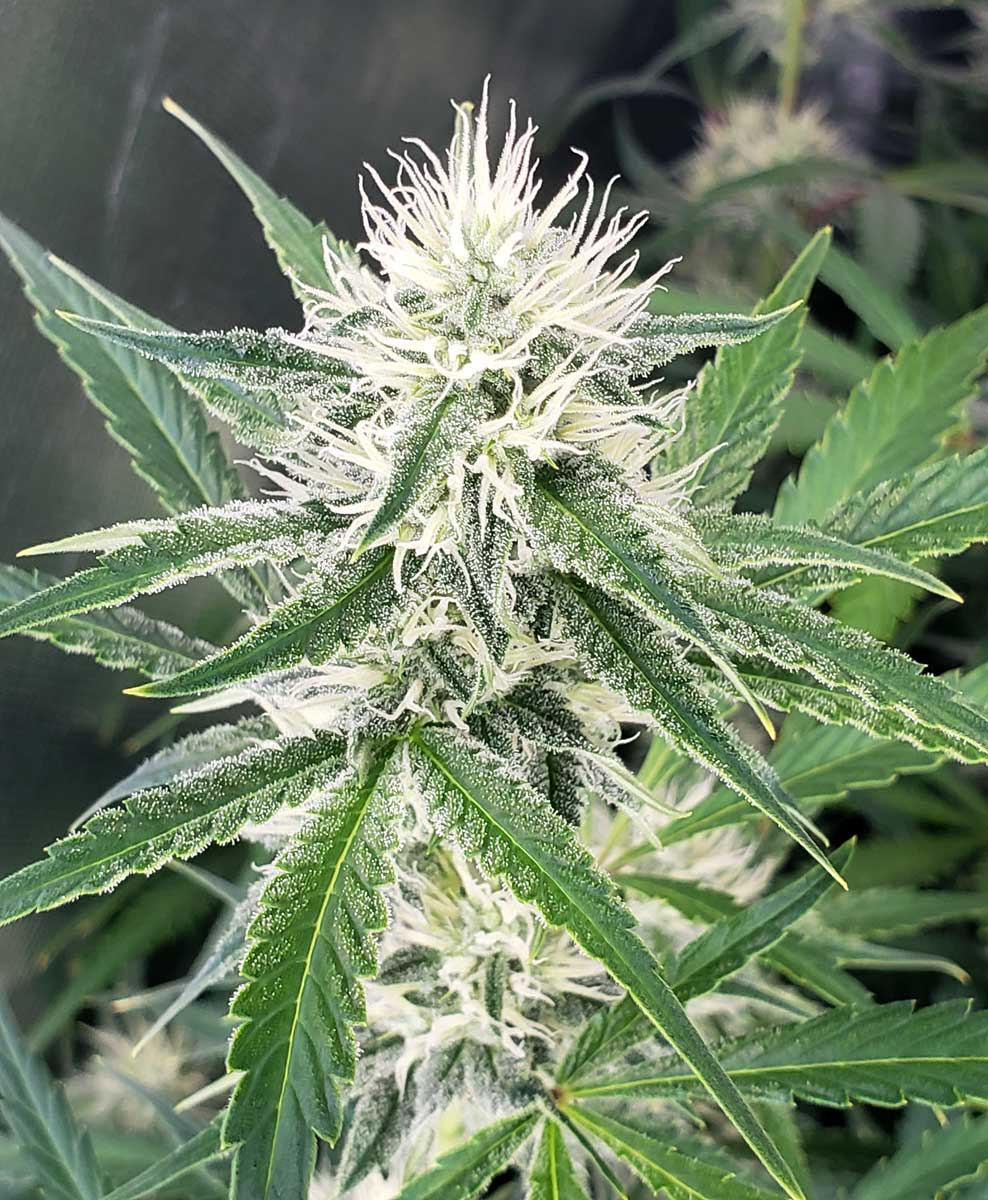Acclimating Cannabis genetics can be a tricky yet necessary thing for keeping up with the onslaught of hybridized cultivars in commerce. Choosing a genetic variety that is correct for your elements is essential for success, especially when cultivating for flowers and extractions. Many elements are attributed to discovering the cultivar that is perfect for your specific microclimate needs. Amongst them, factors such as heat highs, chilling hours, gas exchange rates, nutrient bases, soil bases, oxygen, UV exposure and elevation all play into determining the success of the transplant.
Landrace is a term that defines a botanical entity adapted to its environment. When a plant is from its place of origin it is at its strongest genetic form. When we acclimate a plant, it is in an attempt to allow the plant to reach its peak form of performance, with its highest potentials for cannabinoid and quality weight production. When focusing on the topic of elevation and air pressure, we focus on the adaptation of atmospheric gas exchange as the main contributor.
Within a plant there is a network of tubes, like veins of a human that are pressurized to mobilize the vascular system of the plant. One main faction of cannabis farming is the ability to create cultivars that exhibit strong terpenes as well as trichomes. These trichomes are produced by resin glands in the epidermal layer of the flowering plant parts which are subject to factors such as air pressure exerted upon the surface of the leaf structure.
Cannabis Sativa is a landrace to more equatorial zones which have higher air density as well as higher air pressure. Cannabis Indica is home in higher elevation therefore able to adapt quicker to the thinner air and colder regions of Northern Hemisphere cultivation sites. Hybrids can display adaptation to either region depending on acclimating practices and genetic makeup.
How Atmosphere Affect Production of Trichomes
Knowledge of air pressure and its impact on a plant’s processes and growth is essential for understanding responses to altitude and for understanding aerial gases. There is a certain point worldwide where most plants cannot proliferate due to Atmospheric Pressure. This is known to be the “Treeline” and exists at 12,000-foot elevation. [5]
Atmospheric Pressure is the force exerted on surfaces by the air as gravity pulls it towards the planet. Also called Barometric pressure and is expressed using the acronym ATM (Standard Air Pressure)- Sea Level=1 ATM. At points of higher ATM, the air pressure decreases due to having less atmospheric weight upon it. [1] Lower air pressure contains less carbon dioxide and has been studied to increase respiratory actions, though a plant may be smaller or shorter it has proven to increase sturdiness and strength.
A secondary action of the effects is described as Atmospheric Vapor Pressure (VPD), which is a measurement that explains the amount of vapor or water molecules and the difference between the saturated vapor pressure and actual vapor pressure (weight of water molecules in atmosphere added to air pressure). [3] Plants have shown that when VPD is higher, photosynthesis is reduced as well as carbon uptake. These factors affect plants’ modality in photosynthesis or cellular production.
Trichomes can be visually seen atop resin glands under microscopes and have the shape of an upraised mushroom body on a “stalk”. These crystalline to amber colored elements are 1/10 mm or 100 micrometers in length and are oil soluble. As the resin glands excrete the in a way that can be said to be “sweating”, the definitive air pressure and vapor pressure plays a role in its ability to extrude these shapes if not appropriately placed cultivar. These delicate crystals can be harmed with water, VPD and agitation of wind that lower your rates of extraction.
Internal vapor pressure of the plant’s vascular system is determined by cellular wall strength as well as health and available nutrients in the molecular building blocks process. This is affected by the heat, air pressure, sunlight that is consumed by the chloroplast cells and distributed as atomic agitation. Sugars within species are stored in several different cellular bodies and contribute to the strength, viscosity, and structure of the trichome produced by Cannabis flowers. As the cultivar is properly adapted to its climate the cellular forms mutate to best deal with the pressures applied to it. This may take two or more generations in the same location for this adaptation to occur.
As the elevation increases botanicals interact with the climate and atmosphere in different ways- at times relying more on root structure uptake while at other times relying more on osmosis absorption through leaves. [2] Secondary factors such as temperatures play roles on the chemical balance and density in the air and soil therefore leading to the need to acclimate your cultivar through a minimum of one season or cycle.
High surface pressure on leaves requires more sugar and proteomes within the plant to be able to force the sap to the surface of flower cells and outward. Strength in the cellular structure ensures capturing more potent cannabinoids and profiles to be used in extractions. Lower surface pressure of both air and vapor allow the plant to fluidly divide resources within it to excrete more resin glands.
This partnered with lower temperatures captures long winded terpenes for rosin products due to potassium captures during chilling hours. In contrast equatorial regions with higher ATM and VPD as well as high winds and no chilling hours, create trichomes with less dense cellular walls therefore not able to capture terpene essences as easily.
Brix ( measure of the dissolved solids in a liquid, Bx) is commonly referring to the dissolved sugar content of an aqueous solution and raising its rates can assist with trichome production at any elevation or microclimate. [4]
Research has been captured on the effects of elevation and air pressure on several botanical fields including outer space where plants were grown in zero air pressure, zero gravity situations and high elevation arboriculture worldwide.
References:
[1]Daunicht HJ, Brinkjans HJ. Plant responses to reduced air pressure: advanced techniques and results. Adv Space Res. 1996;18(4-5):273-81. doi: 10.1016/0273-1177(95)00889-m. PMID: 11538810.
[2] Impacts of elevated temperature and air pressure: Kali B. Middleby, Alexander W. Cheesman, Lucas A. Cernusak First published: 17 May 2024 https://doi.org/10.1111/nph.19822
[3] Wenping Yuan et al. ,Increased atmospheric vapor pressure deficit reduces global vegetation growth.Sci. Adv.5,eaax1396(2019).DOI:10.1126/sciadv.aax1396
[4] Conneely LJ, Mauleon R, Mieog J, Barkla BJ, Kretzschmar T. Characterization of the Cannabis sativa glandular trichome proteome. PLoS One. 2021 Apr 1;16(4):e0242633. doi: 10.1371/journal.pone.0242633. PMID: 33793557; PMCID: PMC8016307.https://www.ncbi.nlm.nih.gov/pmc/articles/PMC8016307/
[5]Körner, C. and Paulsen, J. (2004), A world-wide study of high altitude treeline temperatures. Journal of Biogeography, 31: 713-732. https://doi.org/10.1111/j.1365-2699.2003.01043.x

